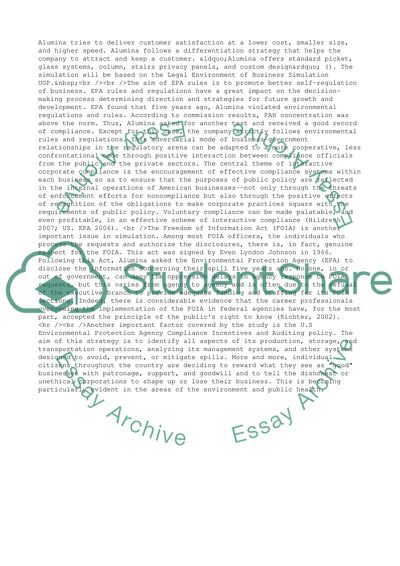Cite this document
(Business Regulation Simulation: Alumina Inc Case Study, n.d.)
Business Regulation Simulation: Alumina Inc Case Study. https://studentshare.org/business/1499374-business-regulation-simulation
Business Regulation Simulation: Alumina Inc Case Study. https://studentshare.org/business/1499374-business-regulation-simulation
(Business Regulation Simulation: Alumina Inc Case Study)
Business Regulation Simulation: Alumina Inc Case Study. https://studentshare.org/business/1499374-business-regulation-simulation.
Business Regulation Simulation: Alumina Inc Case Study. https://studentshare.org/business/1499374-business-regulation-simulation.
“Business Regulation Simulation: Alumina Inc Case Study”. https://studentshare.org/business/1499374-business-regulation-simulation.


